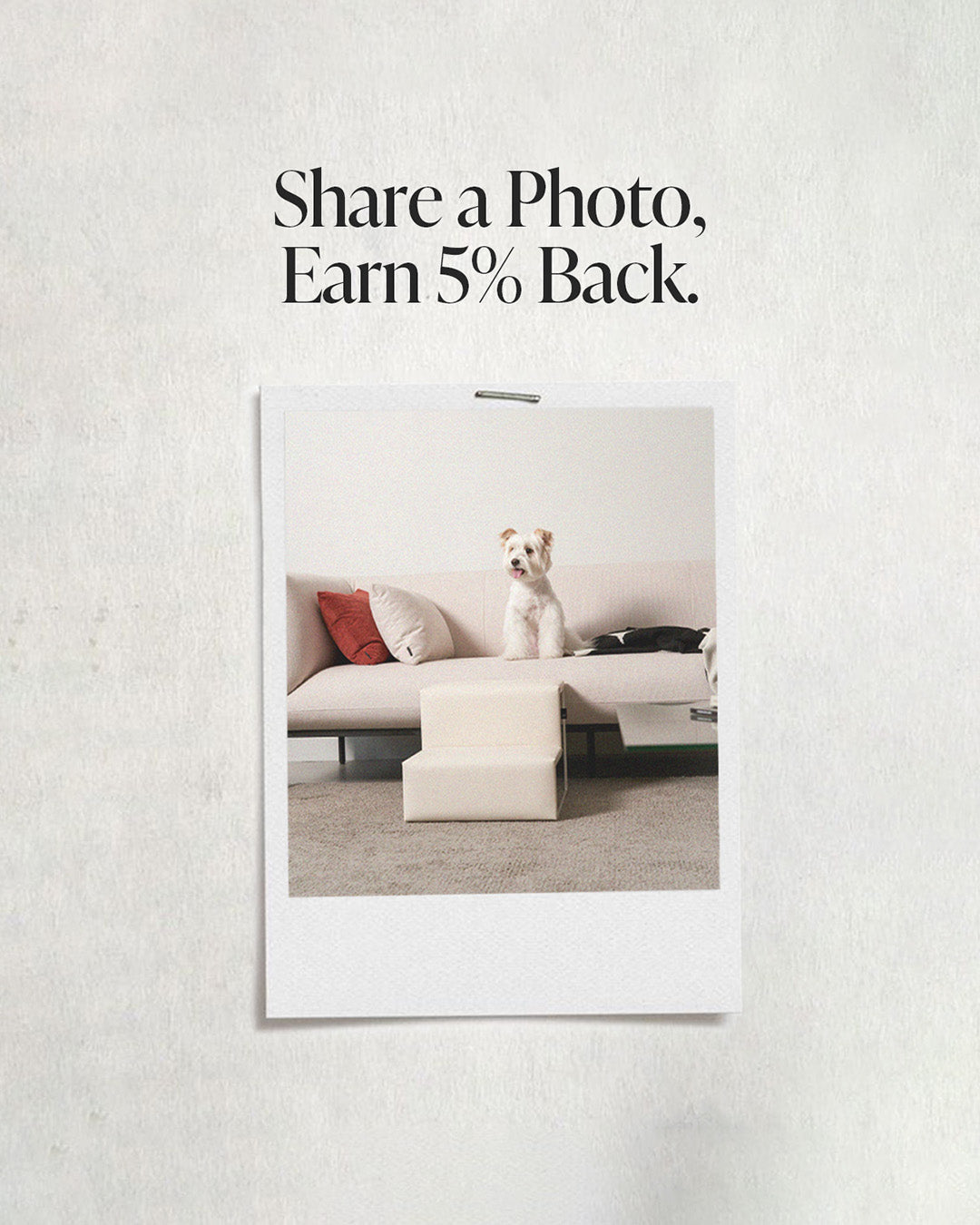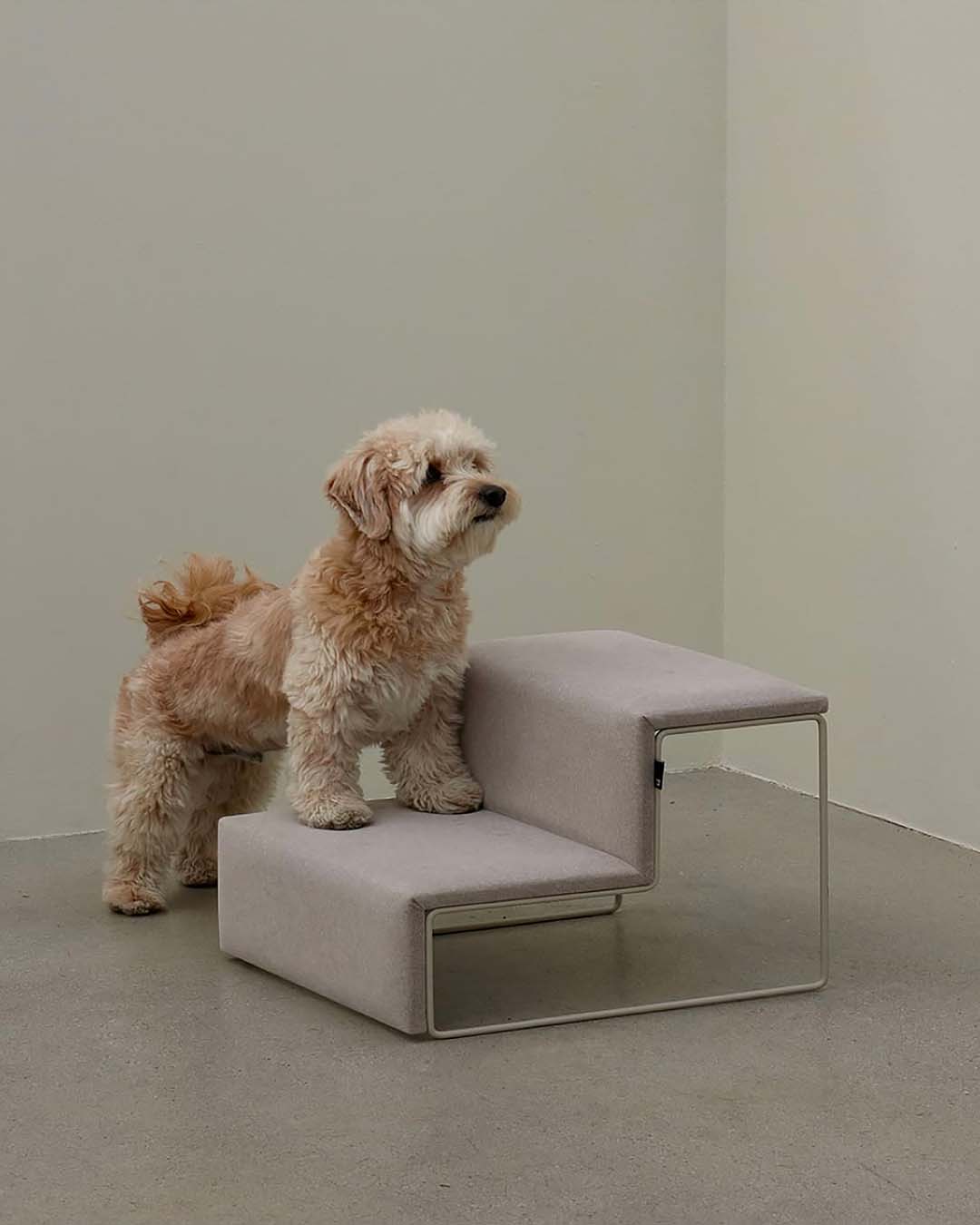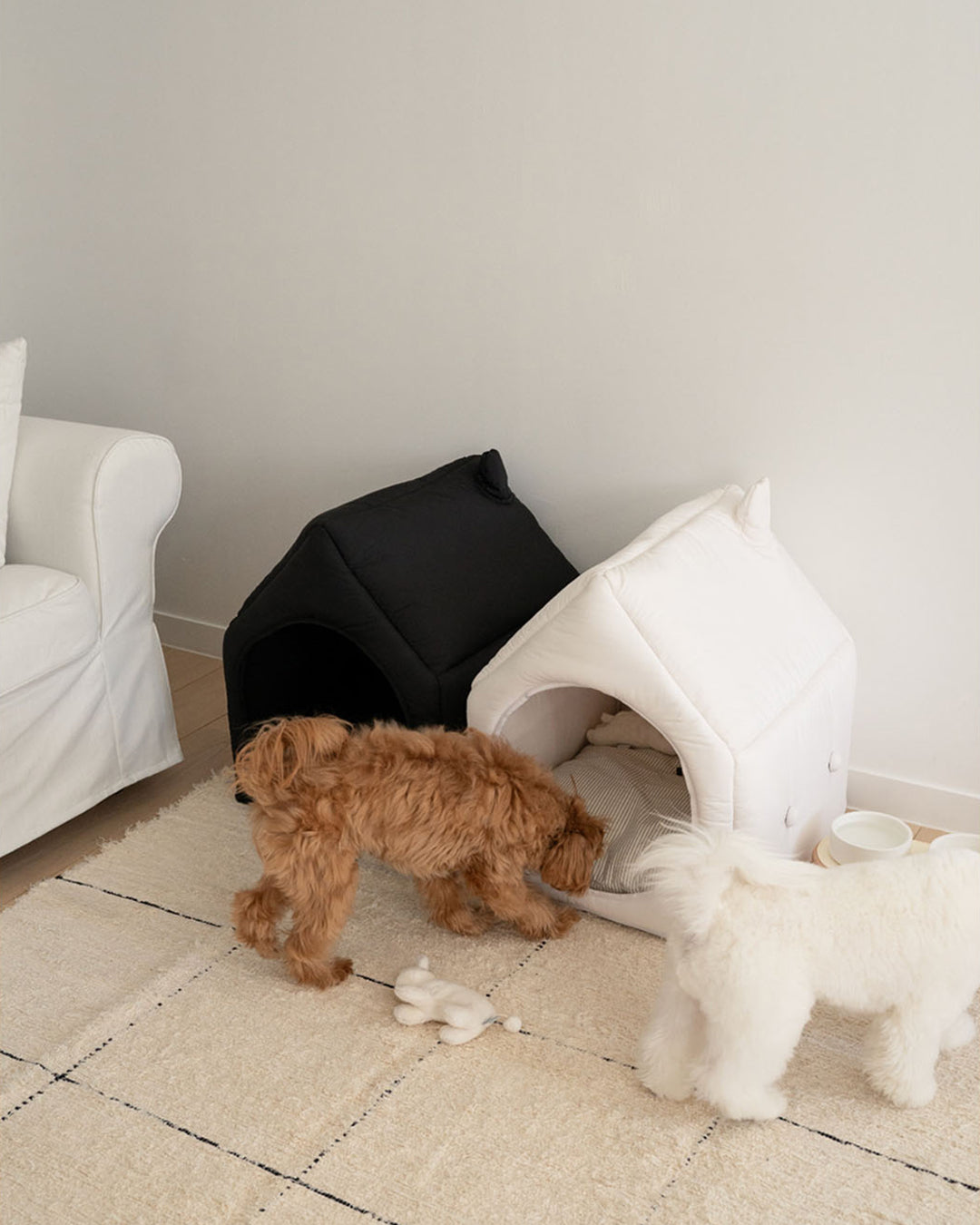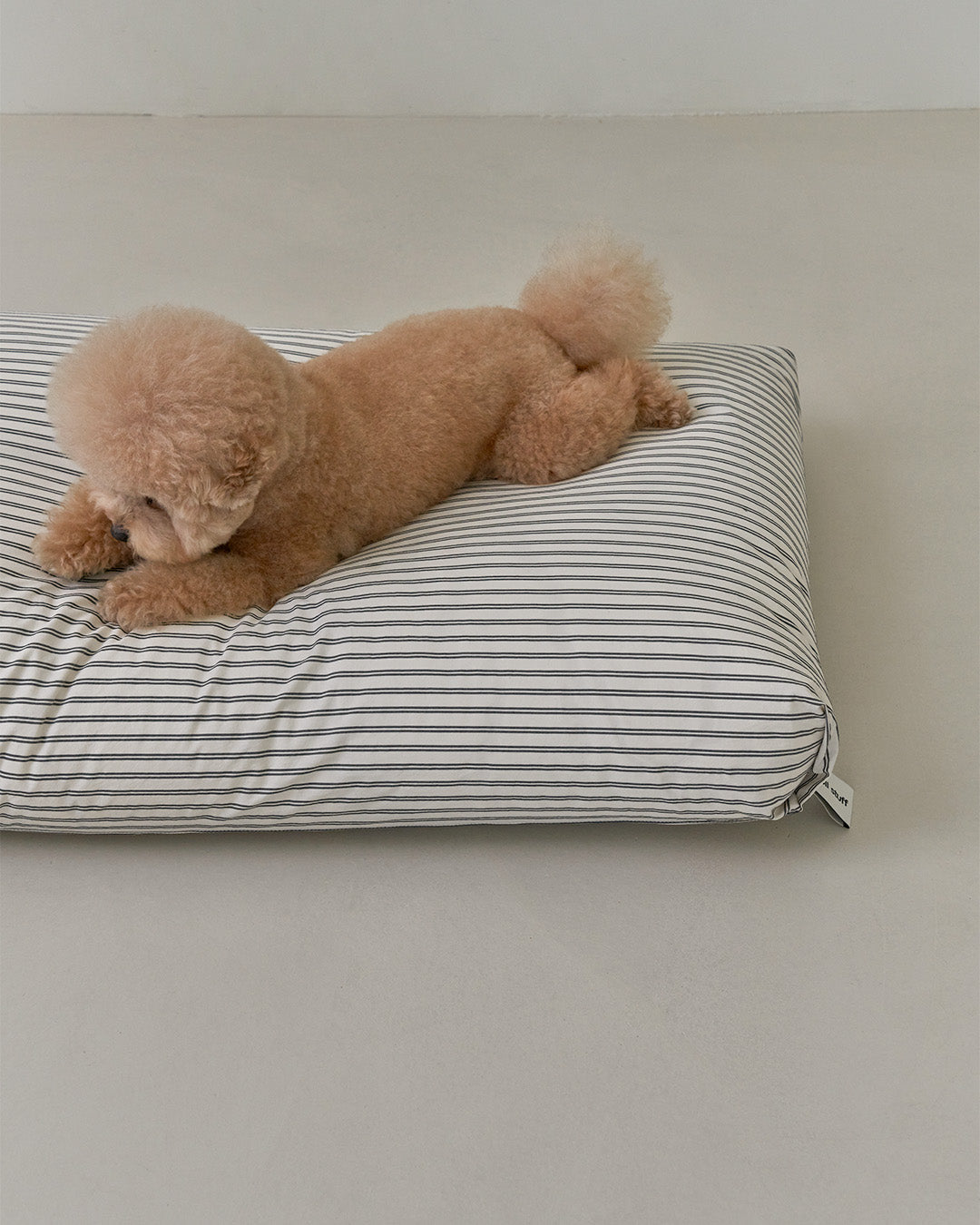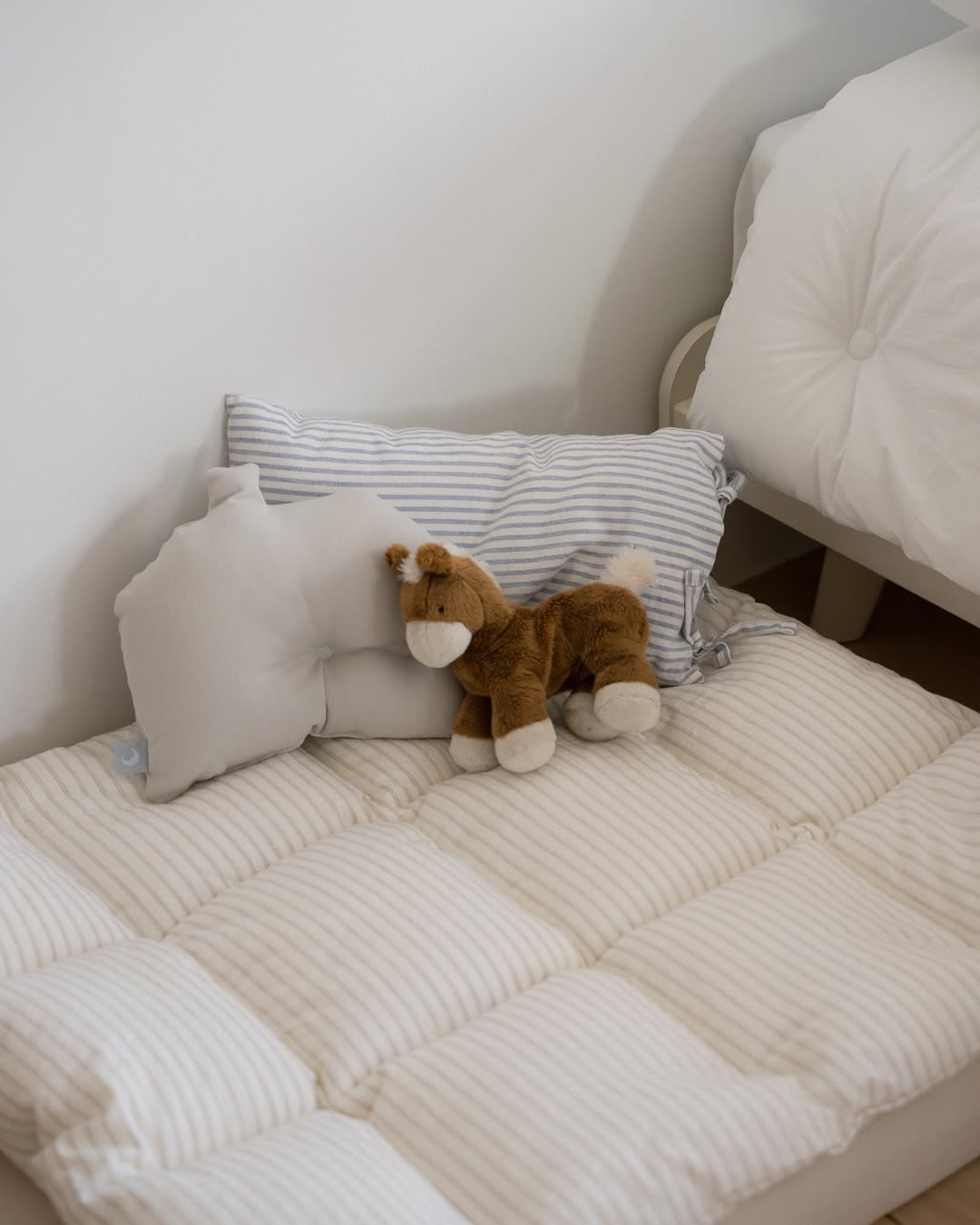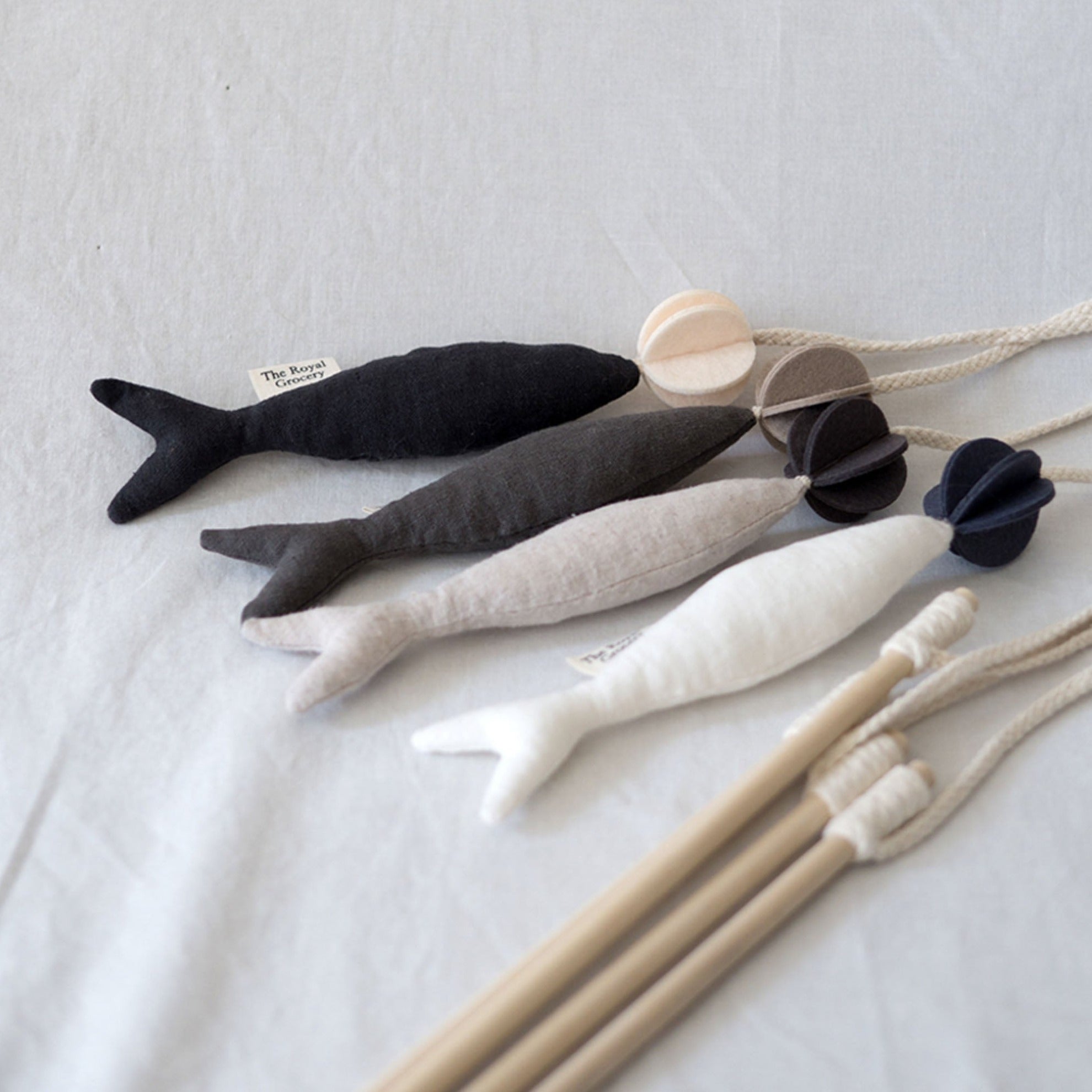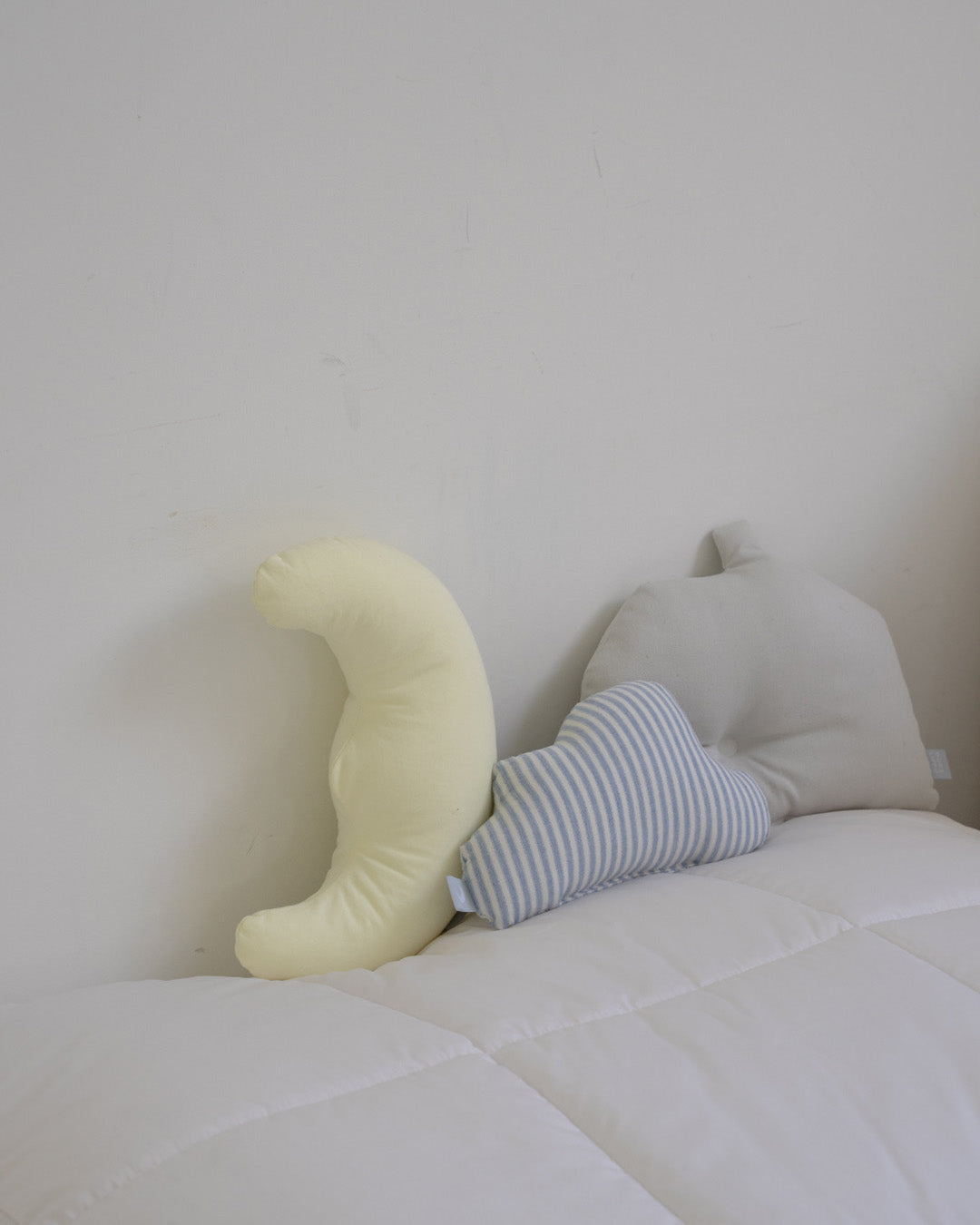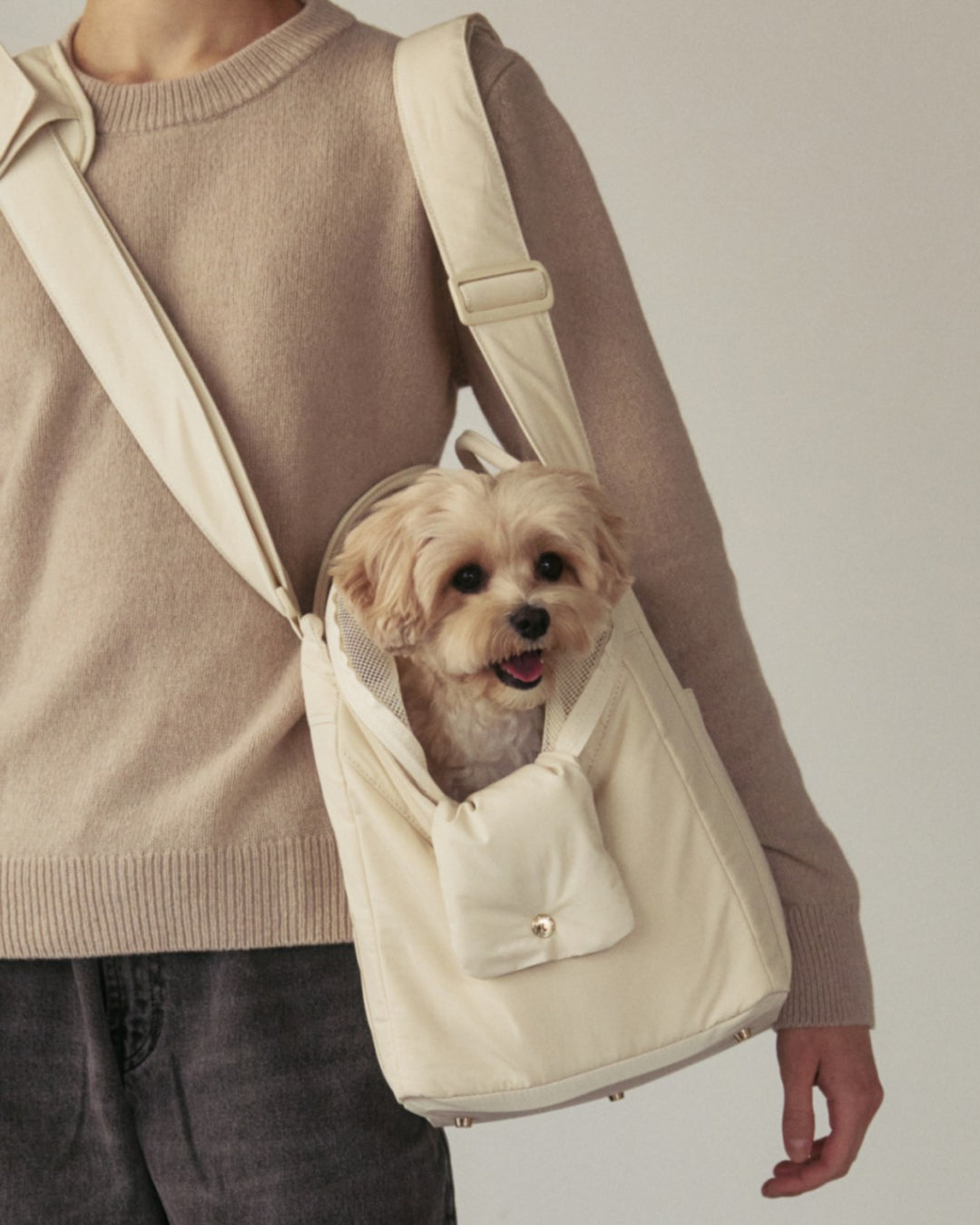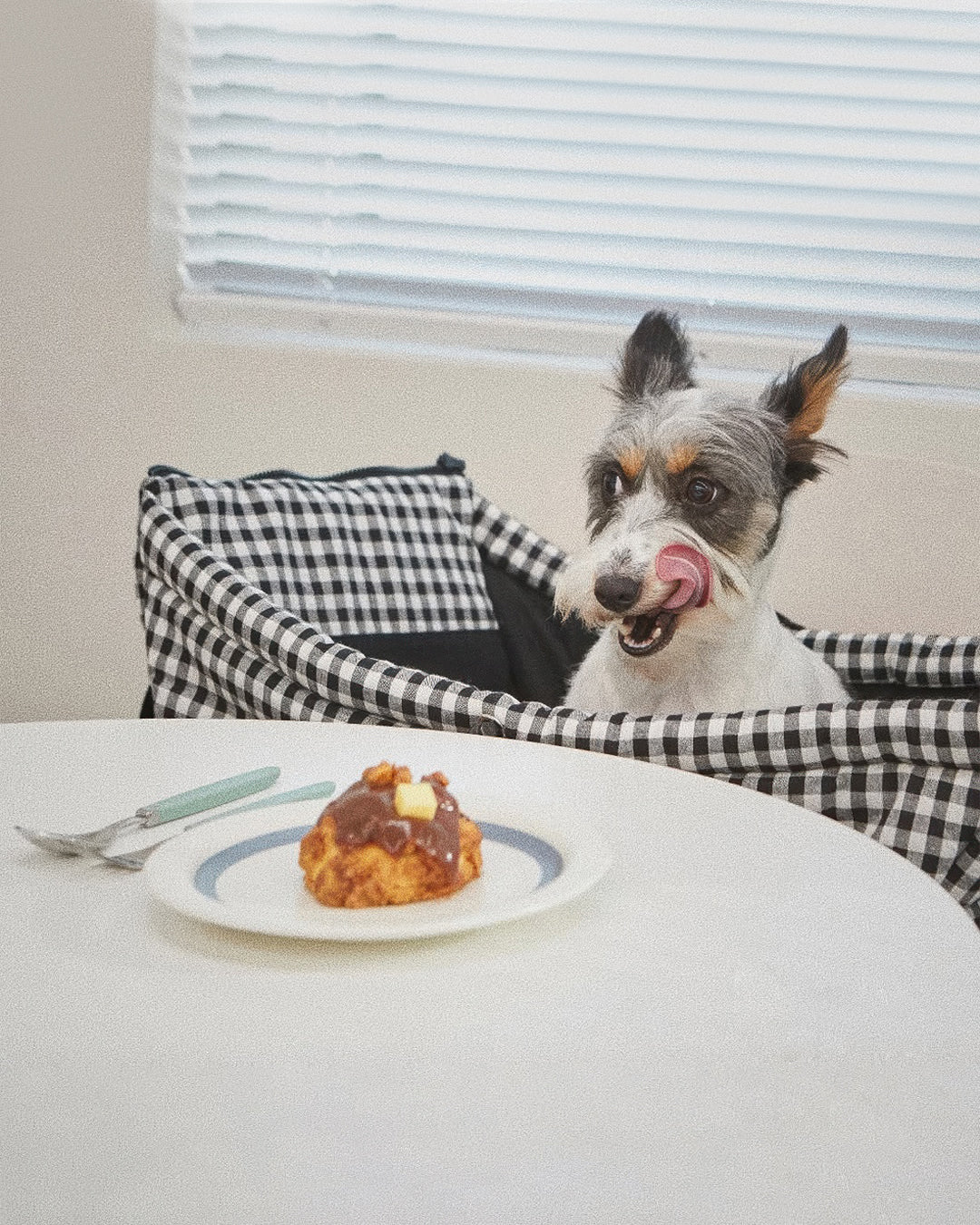Bringing both cats and dogs into the same home can be a heartwarming (and sometimes chaotic) adventure. But with thoughtful space planning and an understanding of each pet’s needs, you can create a peaceful, enriching environment where everyone thrives. Whether you're introducing a new pet or simply trying to make your multi-species home more harmonious, this guide offers practical tips to create a well-balanced setup for both cats and dogs.
Understand Their Differences First

Cats and dogs differ not just in species but in the way they relate to their environment. Dogs tend to be social and ground-oriented, while cats value vertical space, privacy, and territory control. Recognizing these differences is the first step to designing a home that feels safe and accommodating to both.
1. Designated Resting Spaces

Cats and dogs both need quiet areas where they can retreat. These spaces should be species-specific to minimize competition or anxiety.
For cats, elevated or enclosed resting options like the Corner House or Choco Tent offer the seclusion they crave.
For dogs, cozy yet open spaces like the Rest Bed or Lying Bed are ideal for relaxing without feeling confined.
2. Feeding Zones with Boundaries

Mealtime can be a major source of tension in multi-pet homes. Keep feeding stations separate to avoid food guarding or theft.
Elevate cat bowls using platforms like the Dumbo Table, out of the dog’s reach.
Use non-slip mats like the Oreo Mat to keep feeding areas tidy and visually distinct.
3. Vertical Escape Routes for Cats

Cats often feel safest when they can observe from above. Providing vertical space is crucial in a multi-pet setup.
Consider adding furniture like cat trees or installing shelves along the walls.
Low-profile, elevated pieces like the Station 7-1 give cats a calm vantage point while blending with your home decor.
4. Shared Play Zones (With Boundaries)

While some cats and dogs love to play together, others prefer solo time. Establishing clear boundaries for play areas can prevent tension.
Use storage baskets to organize toys by species.
Choose toys suited to each pet’s play style—tug ropes for dogs, and wand or catnip toys for cats, like the Boa Snake.
5. Calming Corners

Shared spaces like living rooms can benefit from designated calming corners with soft lighting and plush surfaces. These areas can help pets decompress after social time or stimulation.
The Informal House is a great choice for pets needing a sense of shelter.
Add cozy mats or blankets with calming scents like lavender to promote relaxation.
Final Thoughts
With a little planning and consideration, cats and dogs can absolutely coexist—and even become best friends. The key lies in respecting their individual needs while crafting a shared space that offers comfort, security, and opportunities for both connection and solitude.
Share
Read more

How to Help Your Pet Feel Safe When You’re Away from Home
Leaving your pet alone at home can feel just as hard for you as it does for them. Whether you’re heading out for work or a weekend trip, pets often experience separation anxiety or stress when thei...

Summer Travel Essentials: Why Every Dog Needs a Go-To Carrier
Whether you're heading out for a weekend road trip, grabbing coffee at a pet-friendly café, or making a quick visit to the vet, having a comfortable and reliable dog carrier isn't just a convenien...
